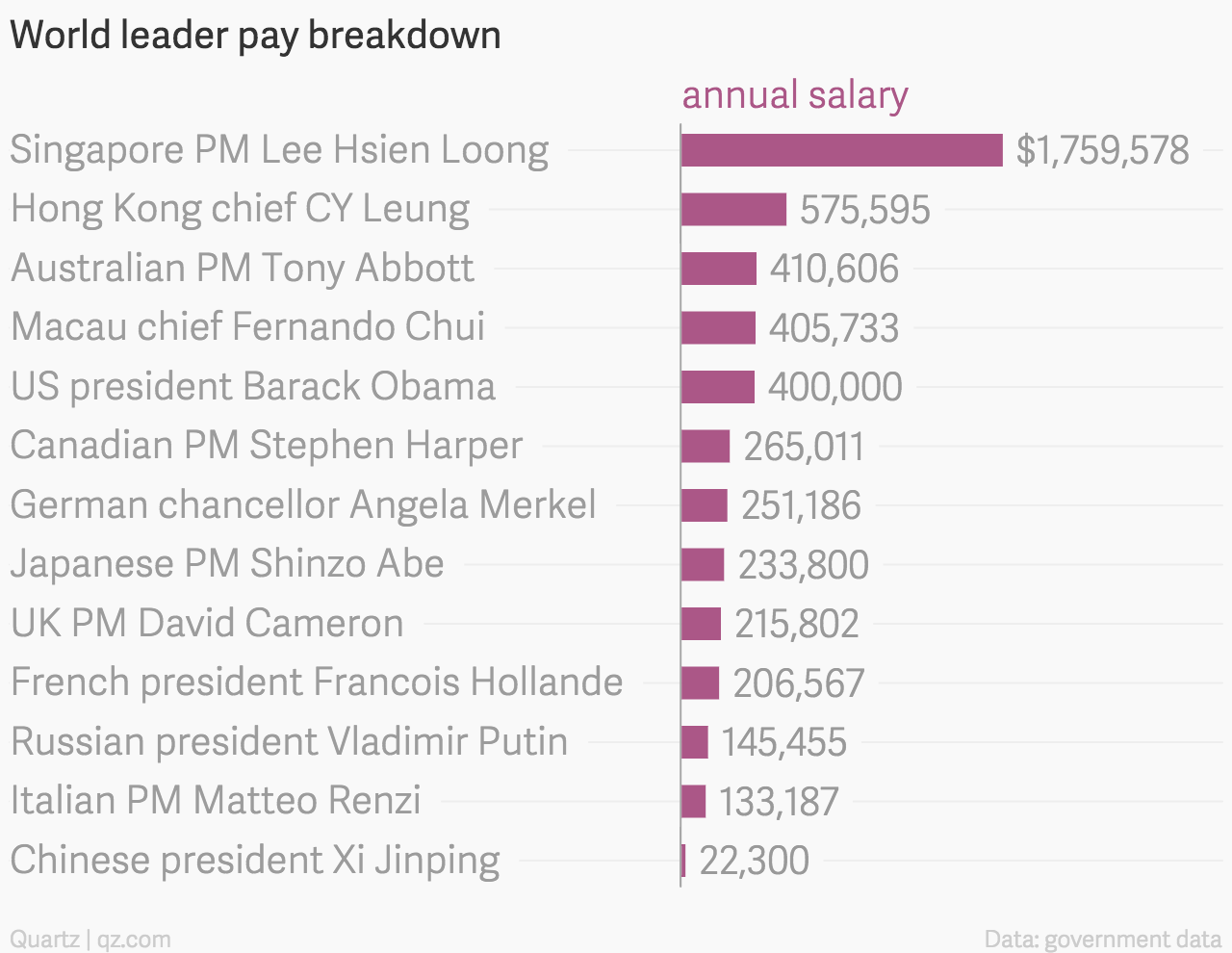Solved Which filter performs exactly the opposite of the band-pass filter?
- Posted by codak
- On 23rd August 2022
- 0 Comments
Contents
On the other hand, a stopband is the band of frequency which one filter hasn’t allowed to pass. For a bandstop filter, there are two passbands and one stopband. They can be used to fix frequency noise sources which are from the line frequency within a certain limit. Notch filter is also used to remove resonances from a system.
The transfer function of a device refers to a mathematical function that provides output for every input. The transfer function of a band-stop filter is given below. Of the bandstop filter is narrowed than general, the filter is often known as a Notch filteror narrow bandstop filter. If a multiple feedback system is incorporated with an adder, then that functions like the desired operation. The cut-off frequency fL represents a voltage drop of -3db, or 70.7% of the input signal. The two filter stages are cascaded together, which means that the output of one must pass through the other.
That is known as creating active band-reject filters. The band-reject filters consist of both low pass and high pass filters. Both these filters require operational amplifiers to design. Another summing op-amp is also necessary to sum the outputs of the previous filters and provide amplification. Op-amp 741 can be used in all those cases.
For example, there is a 532nm optical bandstop filter. Now, it will block the light, which has a wavelength of 532 nanometers. A bandstop notch filter is just a special type of band-reject filter. Bandstop notch filter has a narrower bandwidth than usual band-reject filters.
Classification of Filters
The higher the value Q, the more selective is the filter, i.e., narrower is the bandwidth. Bandstop filters are also known as band-reject filters as it ‘rejects’ the specified band. There are two design methods of FIR filter. They are also known as non-recursive filters. Filters are circuits that remove part of a complex AC signal. It does not create any distortion when the signal passes through the transit zone.
- The band stop or band reject filter performs exactly opposite to the band pass filter.
- There are two ways of developing the circuits.
- Bandstop filters are also known as band-reject filters as it ‘rejects’ the specified band.
- The band pass filter attenuates the frequencies around the band and outputs only the passband.
Below shows the frequency responses of the four types of filters mentioned above. These are ideal responses and can not be achieved in actual practice. Now, for a band-stop filter, the frequency band lower Flow, and above fhighwill pass. But the band in between the frequency limit will not pass.
From the filter’s name, we can understand that this bandstop filter is designed for attenuate frequency bands of 60 Hz. Now, the question comes why the 60 Hz band reject filter is so popular. It is because, in the USA, their supply frequency is 60 Hz.
Optical band stop filter
The bandstop filter is a combination of both high pass filters as well as low pass filters and another amplification factor for the filter. The high pass filter has a zero gain starting from zero to a frequency fc, called the cutoff frequency, and above this frequency, the gain is constant. On the other hand, due to some certain limitations a band stop filter does not function properly under sustainable conditions. The parallel arrangement between the high pass and low pass filter my vary about the change of frequencies. Different types of band-stop filters produce a maximum rate of roll-off rate for a given order and flat frequency response in the passband.

The phase response stands for the phase output of the bandstop filter, bottom one represented the phase response. For example, a band-stop filter is designed to reject frequencies between 2.5 GHz to 3.5 GHz. The filter will allow frequency components lower than 2.5 GHz and above 3.5 GHz. The filter will We will explore the filter in the below sections. The Frequency response of a bandstop filter is calculated by considering the frequency and gain.
The passive bandstop filter is made of passive components, such as – resistor, inductor, and capacitor etc. Previously given circuits are an example of such filters. These filters do not have any operational amplifiers. A passive band stop filter consists of both passive hpf and passive lpf. This is the opposite of a band pass filter. As mentioned earlier, band-reject filters can be designed using operational amplifiers.
Frequencies below the passband are thereby attenuated by using a high pass filter with a cut-off frequency of fL. The band-pass filter makes use of both in order to achieve an output of a selected frequency passband. Band-pass filters are created by combining a high pass filter and a low pass filter in series. In our next articles we will study about each type of passive and active filters in detail. The frequency response of an ideal band stop filter is shown in fig.
Band Pass Stage Two: Low Pass Filter
The main difference between them is that a notch filter attenuates a narrower band of frequency than a bandstop filter. In other words, bandstop filters have a wider band of frequency to attenuate. We have seen that band pass filters are a type of 2nd order filter that make use of both high and low pass filter circuits in order to function. The bandstop filter can also be designed using resistance and capacitors.
As mentioned earlier, a bandstop filter can be designed with basic components like – resistor, capacitor, and inductor. There are two ways of developing the circuits. Let us say there is a lower cutoff frequency of Flowand a higher cutoff frequency high. This forms the highest point of the passband and is marked by it’s own cut-off frequency fH.

There are formulas for lower frequency cutoff and higher frequency cutoff. Bandstop or band-reject filter can be designed digitally. There are two types of digital band-reject filters, They are – which filter performs exactly the opposite to the band-pass filter Infinite Impulse Response and Finite Impulse Response. The bandwidth of the bandstop filter depends on the requirement. In general, the bandwidth is referred to as the specification of a filter.
So, for the low pass filter, the stopband is the high-frequency component. The parallel resonant bandstop filter is also known as the parallel rlc bandstop filter. The details of the circuit and filter are given previously. A Parallel RLC bandstop filter is a tank circuit. It also works fine as a frequency attenuator as the tank circuit is providing a lot of impedance. The below image shows the circuit diagram of a parallel rlc bandstop filter.
Like a Low pass filter, notch filter creates less phase lag in a control loop. This article explains the bandstop filter with various circuit diagrams, block diagrams, and graphs. This article includes a block diagram, band reject-with op-amp, frequency response of band stop, passive circuits, bode plots. The easiest way to overcome this issue is to use an amplifier after each filter stage. An amplifier such as an operational amplifier (op-amp) will allow each stage to function without affecting the other.
Narrow band stop filter
The frequencies between 0 and fc , are called passband frequencies, while the frequencies above fc are called as stopband frequencies. Notch filters find applications when there is a need to attenuate the undesirable frequencies while passing the necessary frequencies. A bandstop filter is also used in telecommunication technology as a noise reducer from different channels. A band-stop filter works a frequency remover which is not within a specific range, reason it is called a rejection filter.
Band Pass Filter
The below image shows the circuit diagram of the series resonant circuit. As a result, frequencies above the passband are attenuated by using a low pass filter with a cut-off frequency of fH. This means that a high frequency will result in a low capacitive reactance, and the signal will pass through the capacitor relatively unhindered. A low frequency will be effectively blocked, with a large voltage across the capacitor at low frequencies.
The bandstop filter has several characteristics. This Sallen Key topology also provides good stability of the system, which is highly suggested. They are connected one after another to achieve the https://1investing.in/ higher-order filters. The circuit diagram of the band-reject filter using Sallen key topology is given below. Basic Sallen Key topology comes with one non-inverting op-amp and two resisters.
The low pass filter allows all frequencies to pass that are lower than fH and attenuates the frequencies above fH. This forms the lowest point of the passband and is marked by the cut-off frequency of this filter, fL. The high pass filter allows all frequencies to pass that are higher than fL and attenuates the frequencies below fL. The band stop or band reject filter performs exactly opposite to the band pass filter. The bandwidth of the band pass filter is therefore, equal to fc2-fc1, where fc1 and fc2 are lower and higher cutoff frequencies respectively. The frequency response of an ideal band pass filter is shown in fig.
Band Reject Filter can also be obtained by using the multiple -feedback bandpass filter with an adder. A notch filter is created using a circuit which eliminates the output of a bandpass filter from the unmodified signal. The name of both the filters explains the difference between them. Bandpass filter allows the specific band to pass through the filter and attenuates other components. At the same time, band-reject filters attenuate the particular band of frequency while it will enable other parts.


0 Comments